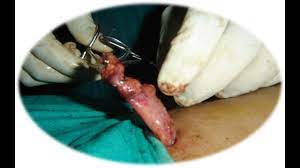Retroperitoneoscopic Nephrectomy and Ureterolithotomy
Add to
Share
1,573 views
Report
Description
This video demonstrate Retroperitoneoscopic Nephrectomy and Ureterolithotomy. The emergence of minimally invasive surgery about 20 years ago revolutionized urological surgery. Advances in retroperitoneoscopy allowed the widespread use of minimally invasive techniques in almost the entire range of urology. In this context, laparoscopy and later retroperitoneoscopy were developed and applied in a wide spectrum of urological diseases. Both approaches have since presented benefits and disadvantages that have been documented in various series. However, few comparative studies have been conducted. Retroperitoneoscopy can be accomplished placing the patient in lateral or prone position. This technique requires experience to find the way to the retroperitoneum. The main landmark during surgery is the psoas muscle. The prone approach is very versatile because it gives the surgeon the chance to reach the adrenal gland and the upper and lower urinary tract, and also allows a bilateral procedure to be achieved. Furthermore, this access leaves the kidney in place and has the advantage of a direct approach to the vessels. On the other hand, it is not the best option when mobilization of the lower ureter and urgent conversion are needed.
Similar Videos






